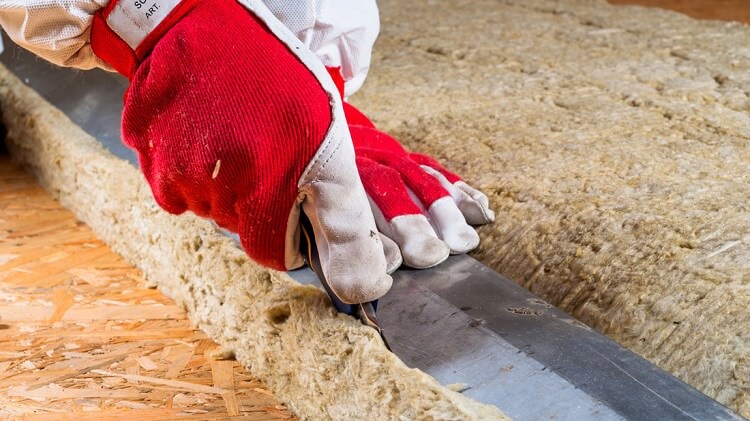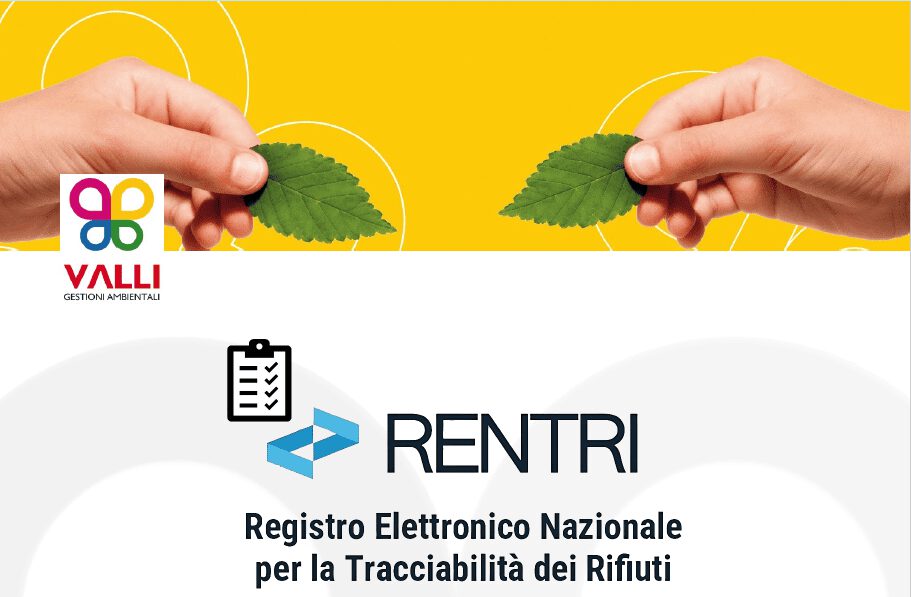The use of stone wool became widespread at the end of the eighties, when the ban on asbestos forced the search for other substitute materials, however high-performance, that are worth knowing: an example are vitreous mineral fibers (FAV) and among these also rock wool.
But when is it necessary to evaluate their removal and disposal? There are a few safety procedures.
What is meant by stone wool
Obtained from diabasic, basaltic eruptive rocks, dolomite with adhesives, rock wool is a natural fibrous material of volcanic origin, an excellent thermal insulator and sound-absorbing. It does not absorb water or moisture and is non-combustible: this is why rock wool is used in the insulation of walls, plants and machinery at an industrial level.
How rock wool is produced and used
Rock wool is one of the most popular thermal insulators thanks to its versatility that makes it ideal for multiple fields of use.
The elements of which it is composed (diabase, basalt and dolomite) are melted at temperatures of around 1400° and the compound is spun into artificial mineral fibers. Thanks to the addition of bakelite (phenol-formaldehyde resin contained in such a percentage that the product is not harmful to our well-being) rock wool takes on one of the most important characteristics that a thermal insulator must have: stability.
In addition to insulating walls, rock wool is a material widely used in design with important technological content or with high energy control performance requirements: passive houses are a good example. Ideal for external insulation, ventilated facades, wooden roofs, rock wool can also be used for the insulation of ships and in hydroponics.
Disposal of rock wool: who and how
Today, some studies have highlighted several innovations: even these special and very useful materials, especially in construction, can cause health problems; for this reason, there are regulatory disciplines to ensure the safety of those who work in contact with them. Therefore, in the event of renovation or work that requires its removal and consequent disposal, it is necessary to contact specialized companies.
EWC Code Rock Wool
For disposal purposes, mineral wools can be classified as: EWC 17.06.03* (special hazardous waste); EWC 17.06.04 (special non-hazardous waste).
Especially in the case of hazardous waste, disposal operations must follow certain safety procedures, in compliance with current regulations, from collection, transport to storage at authorized plants and disposal in dedicated landfills.
Rock Wool Removal
To remove rock wool, it is advisable to contact experienced personnel in the field; For this you can contact us, in fact Valli Gestioni Ambientali takes care of the removal and transport of mineral wool, storage at its plants and their final transfer to dedicated landfills. Ask for more information, one of our consultants will explain how best to proceed.




